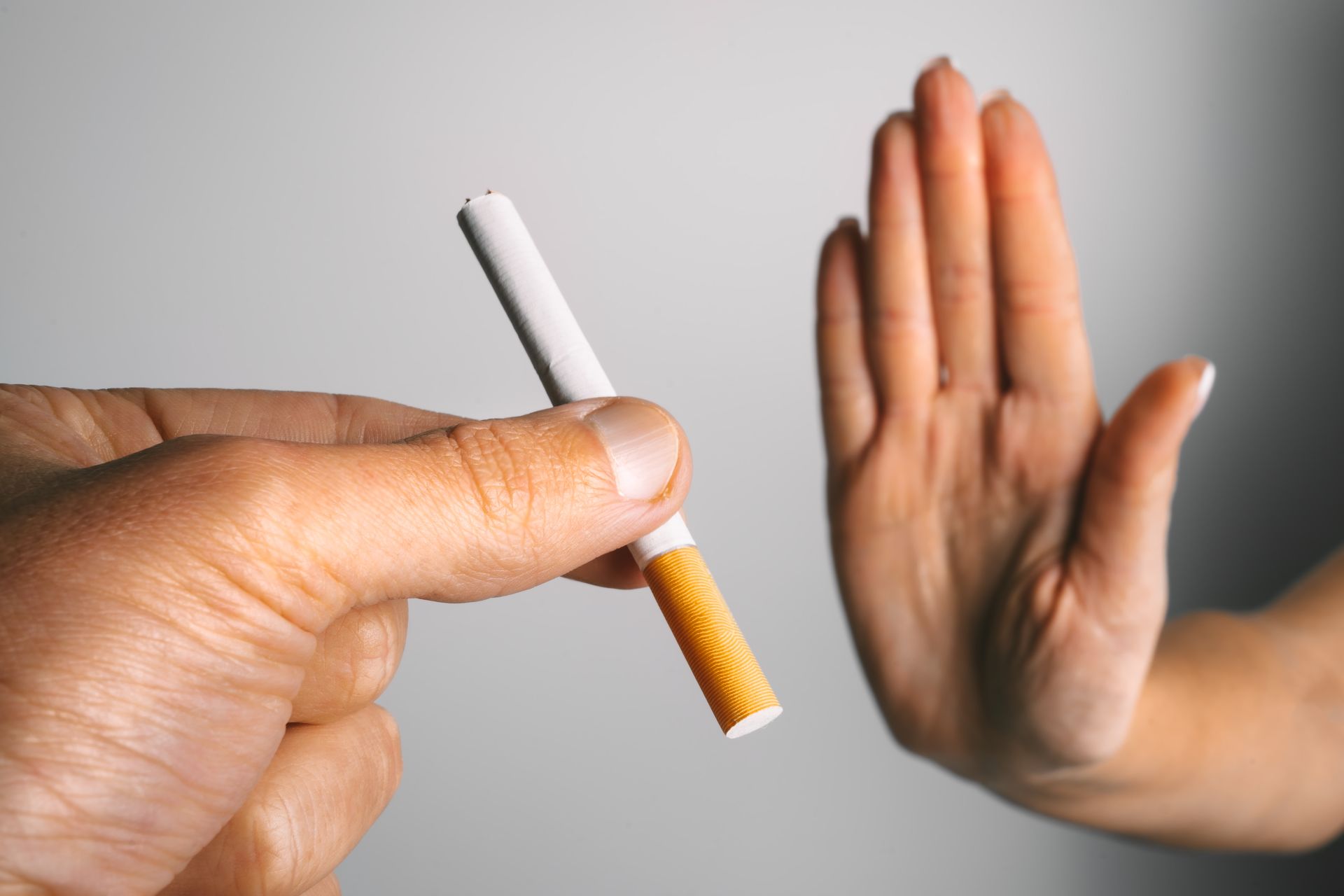
Smoking & Mental Health: Unveiling the Connection
Explore the intricate relationship between smoking and mental health on World Mental Health Day. Gain insights from 2022 and 2023 and learn powerful methods to combat smoking urges.
On this World Mental Health Day, we uncover a rarely discussed dimension of well-being: the profound connection between smoking and mental health. Smoking isn't merely a physical habit; it significantly impacts our emotional and mental states. Let's delve into the latest findings and uncover strategies to break free from this detrimental habit.
The Complex Interplay: Smoking and Mental Health
Smoking and mental health are intricately intertwined. Many individuals turn to cigarettes as a coping mechanism to deal with stress, anxiety, or depression. The nicotine in tobacco offers a fleeting sense of relief, which can be tempting when facing emotional challenges. However, this relief is short-lived, and the repercussions on mental health are profound.
Impacts on Anxiety and Stress
Contrary to popular belief, smoking doesn't alleviate anxiety or stress; it exacerbates them. Nicotine addiction leads to heightened stress levels, as the body craves its regular nicotine fix. In 2022, research unveiled that smokers are 70% more likely to experience anxiety and depression. So, how can you break this cycle?
Effective Strategies to Overcome the Urge
Nicotine Replacement Therapy (NRT): Explore NRT options such as nicotine gum, patches, or lozenges. These aids can help quell nicotine cravings as you work towards quitting entirely.
Counselling and Therapy: Behavioural therapy can prove highly effective. Therapists can assist you in identifying triggers and developing healthier stress and anxiety coping mechanisms.
Medication: In certain cases, healthcare professionals may prescribe medications like Bupropion or Varenicline to alleviate cravings and withdrawal symptoms.
Support Networks: Leverage the support of friends, family, or support groups. Sharing your journey with those who understand can provide invaluable encouragement.
Mindfulness and Exercise: Incorporate mindfulness practices and regular physical activity into your daily routine. These activities naturally help manage stress and anxiety.
2024: A Fresh Perspective
As we approach the end of 2024, there's a growing awareness of the significance of mental health in smoking cessation. Quitting smoking isn't merely about breaking a habit; it's about enhancing overall well-being. The combination of mental health support with smoking cessation programs has yielded remarkable success rates.
Seeking Professional Assistance
If you find yourself struggling to make the transition and notice adverse effects on your mental health, don't hesitate to seek professional support. Mental health practitioners can offer personalised guidance to address both addiction and underlying emotional challenges.
A Smoke-Free, Mentally Healthier You
This World Mental Health Day, remember that giving up smoking is a profound act of self-care. By comprehending the impact of smoking on mental health and implementing effective strategies, you can embark on a journey towards a smoke-free, mentally healthier version of yourself. Don't let cigarettes hinder your pursuit of the well-being you deserve and beyond.
To start your journey towards a smoke-free future head to riotrehab.com



OUR MISSION IS TO HELP EVERY SINGLE SMOKER QUIT,
ONE CITY AT A TIME.
CONTACT
CONNECT
We use cookies to ensure that we give you the best experience on our website. To learn more, go to the Privacy Page.
